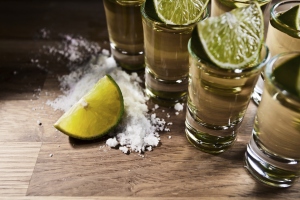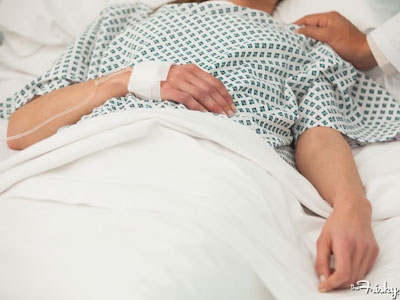By now I think we all know that Florida is WEIRD. As if the sunny weather, the beaches, and the oranges weren’t enough, it’s chock full of the weirdest people you’ve ever heard of.
So, some brilliant mind came up with this idea…
EVERYBODY google “florida man” followed by your birthday (florida man august 22) and tell me what you get. mine is Florida Man tries to attack neighbor with tractor
— swervin merv (@g_pratimaaa) March 19, 2019
So go ahead and give it a shot. Here’s mine for February 27: “Slice of pizza convinced Gulf Breeze man to end police standoff.”
See what I’m talkin’ about?!?! That is pretty damn impressive. I guarantee you’ll have a good time.
Here are some wonderful examples of the different results people ended up with.
— blaine capatch (@blainecapatch) March 21, 2019
—
(@JellyRice3) March 21, 2019
I went to type in mine (nov 15) and it suggesting my dads (nov 13) mine was boring but enjoy his pic.twitter.com/81fxBkN8V3
— Allisonn
(@allison_nickayy) March 19, 2019
HOW AM I SUPPOSED TO CHOOSE pic.twitter.com/WCS0Vitu1j
— Rebecca Mix (@rebeccarmix) March 21, 2019
thank you for this. pic.twitter.com/j0N6sOidOf
— Kristine
(@k_bompadre) March 20, 2019
i’m dead wtf aha this thread is gold pic.twitter.com/LJiQ5UfrWn
— Trin
(@trindork) March 20, 2019
I can’t get enough of this…and I can’t wait for my next trip to the Sunshine State.
The post The “Florida Man” Challenge is Going Viral, and For Good Reason appeared first on UberFacts.


